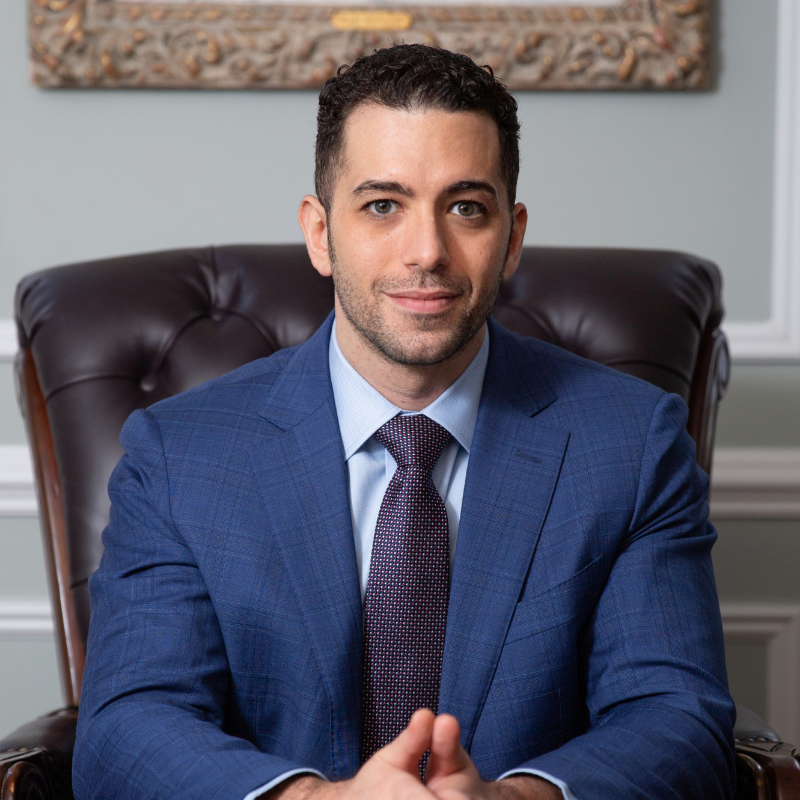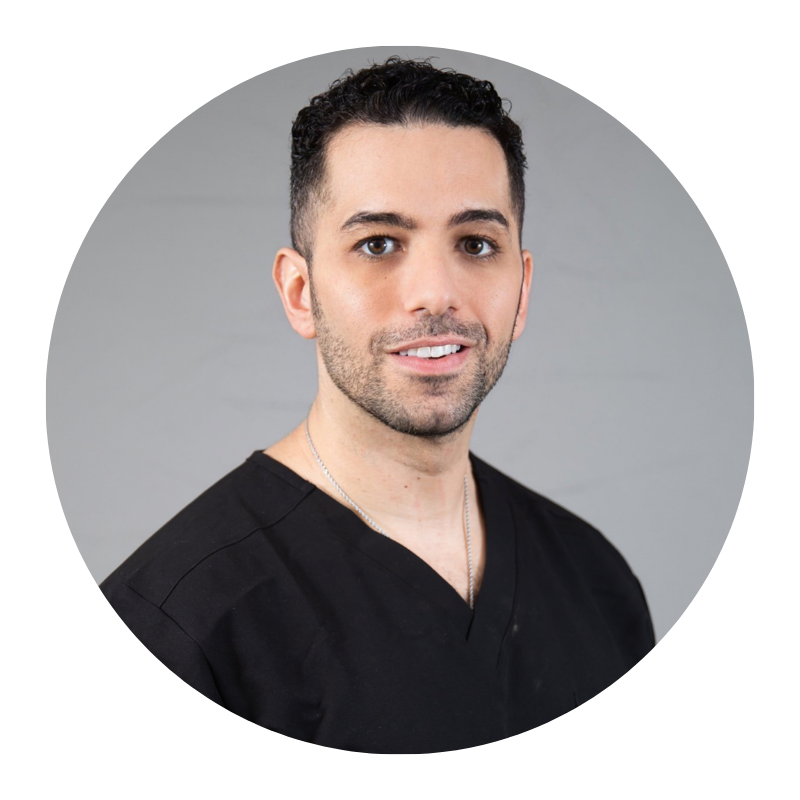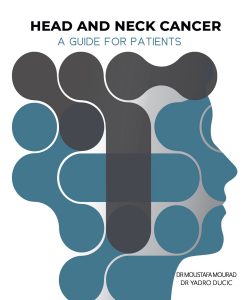In this episode of BackTable ENT, Dr. Agan and Dr. Shah discuss nasal valve collapse and repair with Dr. Moustafa Mourad, a New York City-based facial plastic and reconstructive surgeon.
SHOW NOTES
First, Dr. Mourad delineates how he evaluates patients presenting with possible nasal valve collapse. There are two sets of nasal valves, an internal set and an external set. The tell tale signs of nasal valve collapse is dynamic nasal airway obstruction, a situation in which airflow is affected by deep breathing or structural rearrangement by the patient is required to breathe more easily. Internal nasal valve collapse patients usually find relief with structural rearrangements, such as blowing up their cheeks in order to breathe or using nasal strips. External nasal valve collapse patients find difficulty in breathing while exercising. Diagnosis of nasal valve collapse can also be complicated because many breathing problems are multifactorial. Therefore, otolaryngologists must be thorough in their initial evaluations and choose which causes to prioritize.
Dr. Mourad also explains risk factors for nasal valve collapse. Because nasal cartilage grows weaker overtime, older patients are more likely to experience valve collapse. Younger patients presenting with valve collapse will most likely have had previous nasal surgeries, such as septoplasties and rhinoplasties. Other risk factors for valve collapse include trauma of the nasal tip or dorsum, avid athletes, and the Caucasian ethnicity (because of thinner and more cephalically oriented nasal cartilages).
Next, Dr. Mourad discusses how he conducts the physical exam. He always scopes patients to look for abnormal anatomy or signs of allergies. Then, he has the patient breath while observing each of their nostrils. He observes the nostrils before and after the administration of decongestant. If the patient has a very good response to the decongestant, he starts to investigate for evidence of allergies, turbinate hypertrophy, and irritation–all of which can be treated by medical therapy. Then, he observes the patient breathing and nasal pinching as he lifts up the nasal tip and performs a caudal maneuver on the patient’s nose. Finally, he takes photos and maps out the patient’s internal and external anatomy. Dr. Mourad only considers surgical repair if the patient’s complaint can be traced back to an anatomical abnormality.
Then, Dr. Mourad walks through his surgical technique for nasal valve collapse. For an internal valve repair, he uses a simple endonasal approach. However, whether he uses an open or closed approach for an external nasal valve repair depends on the type of cartilage defect. As external valve repairs have aesthetic impacts, it is important to warn patients about changes in appearance beforehand. Additionally, Dr. Mourad prefers to obtain his implanted cartilage graft directly from the patient’s rib, as cadaver rib may warp and ear cartilage may not be strong enough. He uses a taper needle to suture spreader graft because it allows him to be more gentle with the cartilage. He does not typically recommend synthetic nasal implants to patients, as they can become infected, but still educates patients about all their options. For anesthetic, he mixes a solution of lidocaine with epinephrine and tranexamic acid to reduce post-operative swelling.
Finally, Dr. Mourad discusses his post-operative care regimen for nasal valve surgery.



